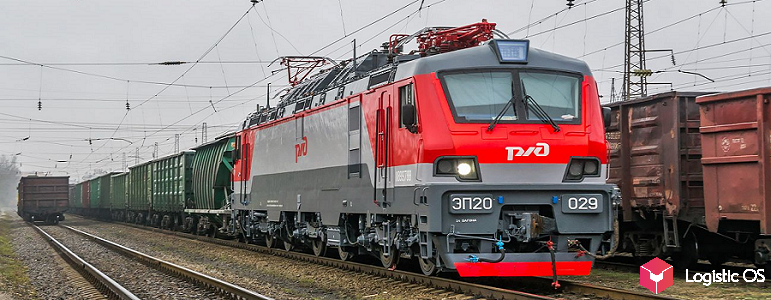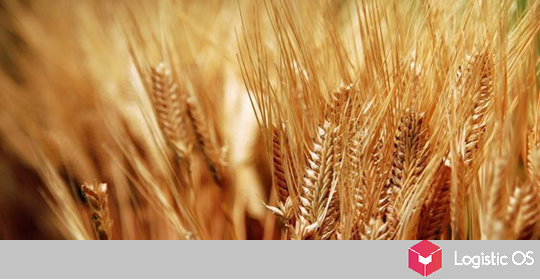By the end of 2020, 80.1 million tons of cargo was delivered by road to the seaports of Russia for further shipment for export, which is 10.7% more than in 2019.
And this is only 11.1% of the total.
Most of the cargoes arrived at the ports by rail — 359.3 million tons. (for comparison, in 2019 this figure was 346.9 million tons).
Thus, 49.7% of all cargo was transported to ports by rail.
But the goods that arrived at the ports were transported in almost equal proportions by road and sea transport.
Thus, the share of road transport was 38.6%: 29.1 million tons (in 2019 — 31.1 million tons).
38% — 28.7 million tons were shipped by sea.
In third place in terms of the volume of exported goods is rail transport: its share is 16.8% or 12.7 million tons.
Russian Railways showed significant growth in terms of container traffic: + 53% by 2019 — 250.7 thousand TEU.
At the same time, 80% of the volume fell on container transit: 205.1 thousand TEU.
An important role in the growth of indicators was played by a 55% increase in the transit of containers from China to European countries. Compared to 2019, it grew by 55% and amounted to 133.8 thousand TEU.
Transit from Europe to China also increased by 50%: + 71.3 thousand TEU.
Mainly, dry milk, dairy products, frozen meat, fish and seafood are transported by rail.
As a rule, two main routes are used: through the border crossing in Brest (Belarus) and the Dostyk border crossing in Kazakhstan.
If you look at the trends in the market of transport and logistics services, the growth of container traffic in 2021 will continue.
Meanwhile, in 2020, Russian Railways tested accelerated loading and unloading of contrailers.
For such reloading, a removable loading basket was used. It allows you to transport car semi-trailers on flat wagons. In this case, loading and unloading is carried out using reachstackers, similar to containers.
Piggybacking can significantly relieve road traffic and minimize border restrictions.

But if the path of development is visible with containers and contrailers, then with the development of the railway network, most likely, you will have to wait a bit: in December 2020, the Government of the Russian Federation made adjustments to the investment program of Russian Railways for 2021-2023.
According to the new version of the document, 43 billion rubles will be withdrawn from the project for the development of approaches to the ports of the Azov-Black Sea basin with the subsequent restoration of all activities by 2024-2025.
Another 47 billion rubles are removed from the approaches to the ports of the North-West.
In return, 128 billion rubles will be spent on the purchase of Lastochka locomotives and electric trains.
The final decision has not yet been made, just as the ways of compensating the deficit of the investment program have not been announced.

